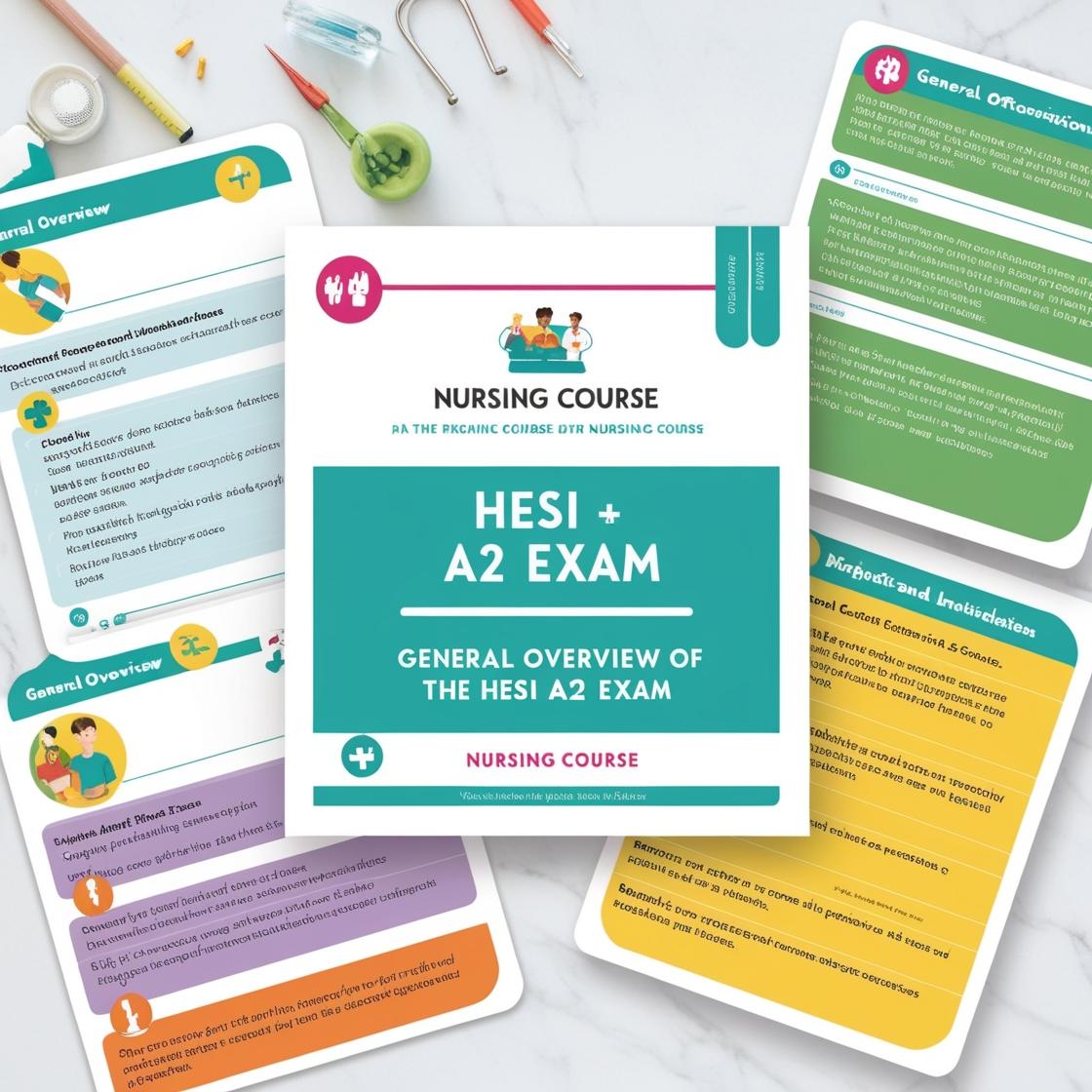HESI A2
Reading Comprehension Practice Test HESI A2
1. Which statement would not be inferred by the reader in the passage about Hypertension?
- A. Maintaining a healthy weight may help to prevent hypertension.
- B. There is presently no reliable treatment for hypertension.
- C. Your ethnicity may contribute to your risk for hypertension.
- D. A 60-year-old is more likely to have hypertension than a teenager is.
Correct answer: B
Rationale: The correct answer is B. The passage clearly states that there are treatments for hypertension, so the statement that there is presently no reliable treatment for hypertension cannot be inferred from the text. Choice A can be inferred from paragraph 3 where it mentions losing weight to decrease blood pressure. Choice C can be inferred from paragraph 1 where it states that African Americans are more likely to have hypertension. Choice D can be inferred from paragraph 2 where it explains that older people are most often diagnosed with hypertension due to changes in blood vessels as they age.
2. Which is the best title for the passage about Hypertension?
- A. How to Manage Hypertension Successfully
- B. Doctors Discover the Hidden Dangers of Hypertension
- C. Doctors Work to Understand the Causes of Hypertension
- D. Causes, Symptoms, Complications, and Management of Hypertension
Correct answer: D
Rationale: The best title for the passage about Hypertension is 'Causes, Symptoms, Complications, and Management of Hypertension.' This title accurately reflects the content of the passage, which provides information about the causes, symptoms, complications, and management of hypertension. It covers a broad spectrum of information presented in the passage, making it the most comprehensive and suitable title. Choice A, 'How to Manage Hypertension Successfully,' is too narrow as it focuses solely on management without encompassing the other crucial aspects like causes and symptoms. Choice B, 'Doctors Discover the Hidden Dangers of Hypertension,' is misleading as the passage does not focus on any recent discoveries but rather provides general information about hypertension. Choice C, 'Doctors Work to Understand the Causes of Hypertension,' is also inaccurate as the passage mainly discusses causes, symptoms, complications, and management, rather than doctors' ongoing research efforts.
3. Which might be a good title for this passage?
- A. “Everyone Should Run Barefootâ€
- B. “How to Prevent Running Injuriesâ€
- C. “Modern Road Surfaces Versus Barefoot Runningâ€
- D. “The Debate over Barefoot Runningâ€
Correct answer: D
Rationale: The title "The Debate over Barefoot Running" encapsulates the central theme of the passage, which explores both the advantages and disadvantages of barefoot running. It effectively summarizes the discussions around differing opinions and the lack of consensus on this topic. Other titles do not accurately reflect the primary focus of the essay, making D the most suitable choice.
4. What is the author’s primary purpose in writing the essay about High Fructose Corn Syrup?
- A. To inform.
- B. To persuade.
- C. To entertain.
- D. To analyze.
Correct answer: A
Rationale: The correct answer is A: 'To inform.' The essay provides detailed information about High Fructose Corn Syrup (HFCS), discussing its impact on health, how it is derived, its link to health issues like obesity, and the ongoing debates surrounding its consumption and health implications. The primary goal of the author is to educate the readers about HFCS and its effects, rather than persuade them to take a particular stance (choice B), entertain them (choice C), or analyze the topic in depth (choice D). The essay presents facts, studies, and expert opinions to inform the audience about the controversies and health risks associated with HFCS consumption, aiming to enhance the readers' knowledge and understanding of this sweetener's implications on health.
5. Identify the overall tone of the essay
- A. Earnest
- B. Negative
- C. Self-satisfied
- D. Skeptical
Correct answer: A
Rationale: The tone of the essay is earnest, reflecting a sincere belief in the positive impacts of yoga. The author shares personal anecdotes and testimonials, enhancing this earnestness. The positive language used throughout reinforces the idea that the author genuinely advocates for yoga, supporting the assertion that the tone is earnest.
Similar Questions

Access More Features
HESI A2 Basic
$49/ 30 days
- 3,000 Questions with answers
- 30 days access @ $49
HESI A2 Premium
$99/ 90 days
- Actual HESI A 2 Questions
- 3,000 questions with answers
- 90 days access @ $99
